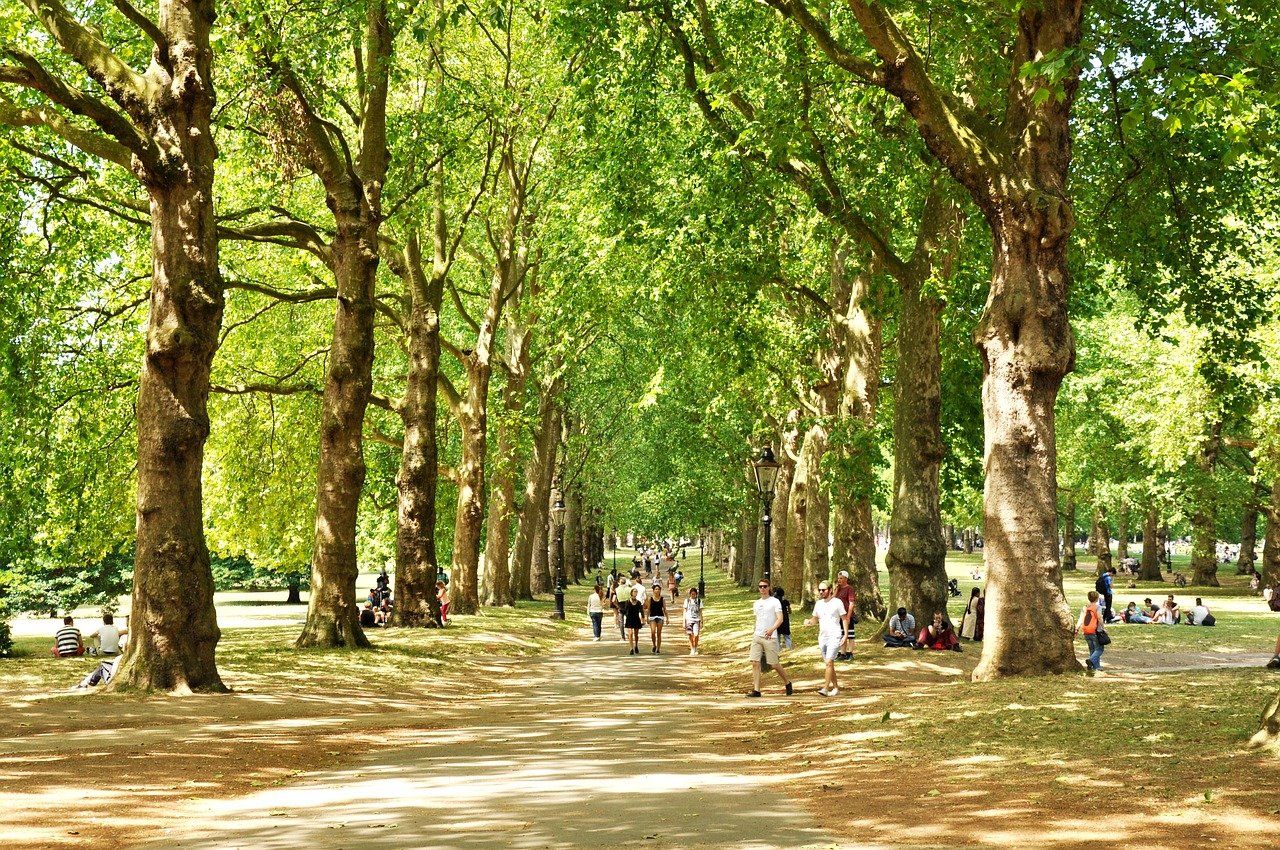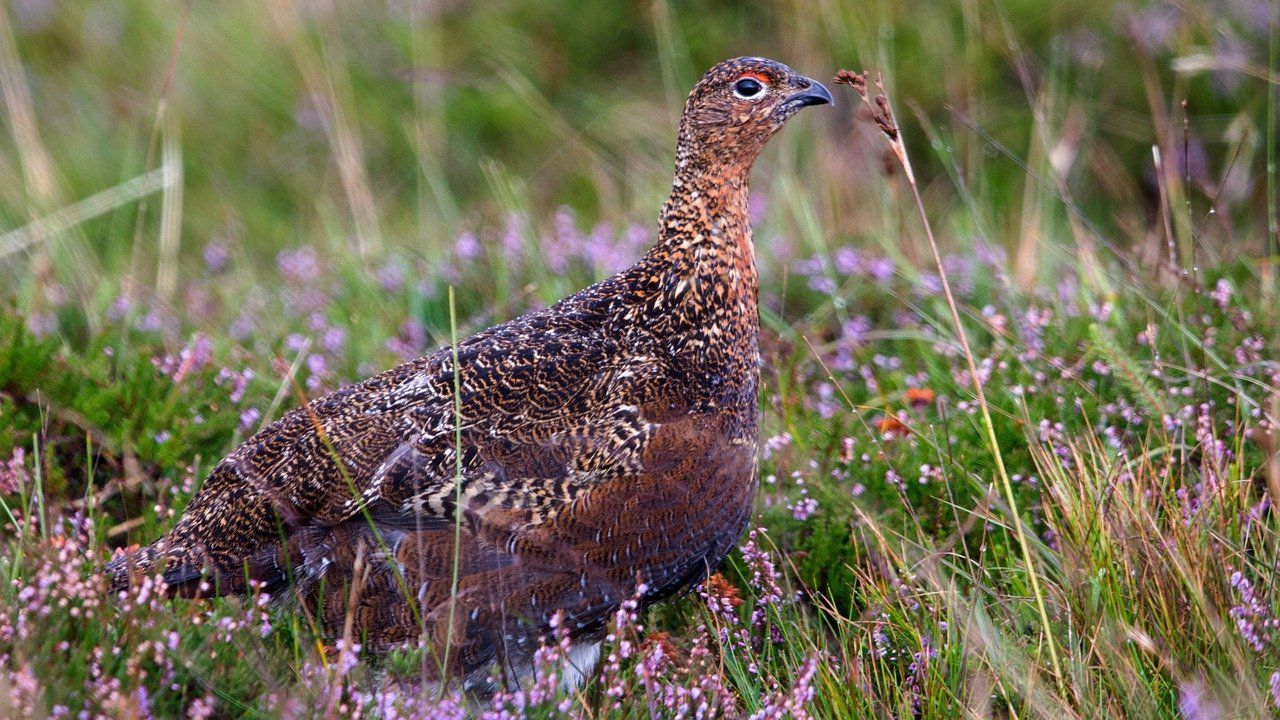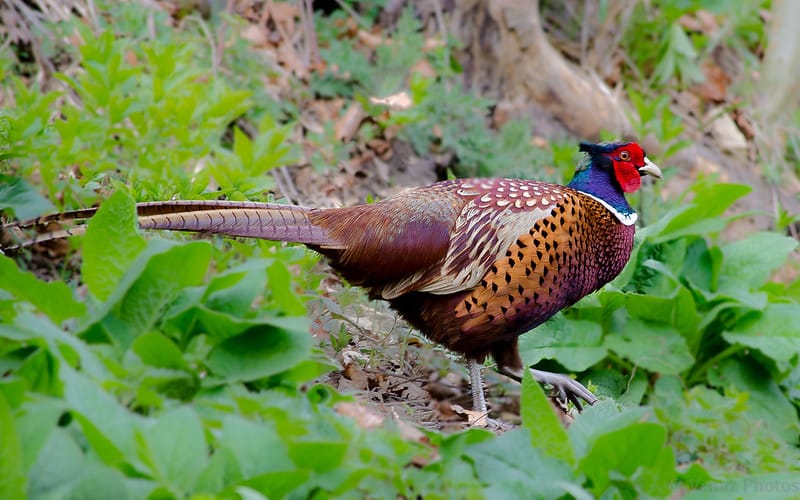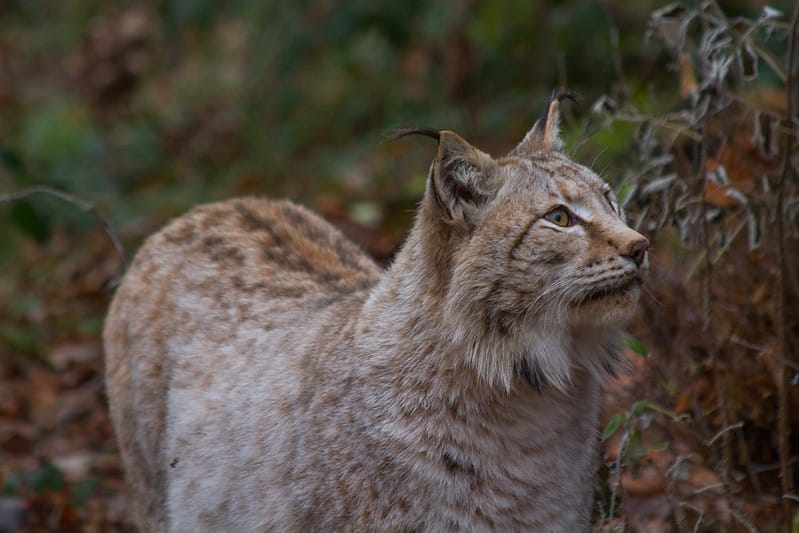
Farming Policies & Welsh Uplands
The latest news on nature and conservation in the UK.
National news
Farming | The government has announced the details of its post-Brexit farming policies – a truly significant moment for nature. The new regime will replace the EU’s Common Agricultural Policy, which has been regarded as a disaster for biodiversity in the UK. Between 2021 and 2027, the government will phase out Direct Payments, which subsidise farmers for owning or renting land, and instead redirect money towards sustainable practices, like restoring wilder habitats, improving soil health and enhancing hedgerows. Jonathan Baker, who worked on this for Defra, has a useful Twitter thread on the announcement and what exactly is new about it. The policies are detailed in full here, with a reader-friendly version available here, and the press release here. Environment secretary George Eustice also gave a speech about the policies. The news was covered widely, including by the Guardian, the Independent and the Daily Mail. The reaction was extensive and varied, and I have summarised some of it in the Driftwood section below.
Wildflowers | Highways England is introducing new measures to help wildflowers thrive alongside roads, according to an exclusive story in the Guardian. “Under the new low nutrient grasslands policy, Highways England contractors will be obliged to create conditions for species-rich grasslands to thrive using low fertility soils with chalk and limestone bases. The verges will then be allowed to regenerate naturally or be seeded with wildflowers,” reports Patrick Greenfield. The policy will only apply to larger new projects at first, but the aim is to extend the initiative to pre-existing roads in the future.
Ponds | Scientists are calling on the government to protect England’s ponds, ditches and streams, reports the BBC. In a letter organised by the Freshwater Habitats Trust, 20 scientists point out that these small bodies of water contain an abundance of life, supporting over 70% of freshwater species, and yet there is no obligation for them to be monitoring or protected, unlike large lakes and rivers.
In other news:
- The government has failed to add a list of endangered bugs to the protected species list, according to Buglife.
- Wales’s green recovery taskforce has published a report on how to emerge sustainably from the coronavirus crisis, including nature-based solutions.
- NatureScot has released a report on nature-based jobs to help Scotland recover from coronavirus and transition towards a net-zero economy.
- More than 100 artists, writers and musicians have written to the prime minister, calling for more access to the English countryside, reports Countryfile.
- The Welsh government is managing a project to create a high-resolution 3D map of Wales that will help them to conserve habitats and biodiversity, among other things.
Across the country
Skye | A Scottish clan chief, Hugh MacLeod, plans to rewild his estate, Dunvegan Castle, on the Isle of Skye with a broadleaf forest, reports the Telegraph. The project has been in the works for years, and has just received a £1m grant from the Scottish government. Over 350,000 trees will be planted on the island, with the focus on birch, rowan, cherry, willow, hawthorn and sycamore. The project, said MacLeod, would have a positive impact on the local community, “creating more jobs in sustainable eco-tourism and more rewilding initiatives.” The Herald and the Press and Journal also covered the story.
Herefordshire | A 1.5km stretch of the River Lugg in Herefordshire has been intentionally destroyed – an action which the Herefordshire Wildlife Trust is calling a “crime against the environment”. The river and its banks, home to otters, salmon and dragonflies, have been bulldozed, straightened and reprofiled into a canal, with the riverside habitats also obliterated, according to the charity. “It is understood that landowners bordering this stretch of the river would have been well aware of the SSSI status of the river, suggesting a deliberate flouting of laws designed to protect our most precious wildlife,” the Trust said.
Norfolk | A controversial £123m road would run through the UK’s largest known colony of barbastelle bats, reports the Eastern Daily Press. Norfolk County Council wants to build the Western Link road, but independent surveys have now identified the presence of a breeding colony, with at least 270 bats, directly on the route of the proposed development. “This is without doubt a nationally important area – quite possibly the most important area – in the country for this very rare species,” said Charlotte Packman, the ecologist who identified the colony.
Elsewhere:
- Villagers in Norfolk are angry that a chicken farm housing 20,000 birds was approved “under the radar”, reports the Great Yarmouth Mercury.
- Water voles are being reintroduced to the River Ver in spring next year, according to the Herts and Middlesex Wildlife Trust.
- The invasive quagga mussel has been discovered in the East Midlands, reports BirdGuides.
- Beavers have built the first dam in Exmoor in more than 400 years, reports the Guardian.
- A councillor in Weston-super-Mare is calling for housing plans to be scrapped in favour of a “people’s forest”, reports the BBC.
- Prisoners in Cumbria are helping to grow rare aspen saplings, reports the BBC. (Inkcap covered this initiative a few months ago.)
- There is a controversy underway in Salford, after councillors responded furiously to a deer cull undertaken by the RHS to protect the plants at its Bridgewater site, reports the Manchester Evening News.
Reports
Uplands | The NFU Cymru has released a big report, A Vision for Welsh Upland Farming. The Welsh uplands are under scrutiny as conservationists, governments and landowners consider the future of farming and land management, and this report, based upon a survey of more than 700 people, is a good indication of where Welsh farmers stand on the matter – and is potentially a sign of the clashes to come. “Concerns about land use change were reflected in asks to prevent rewilding, species reintroductions and large scale afforestation from many respondents,” it says. The Daily Post covered the findings. Separately, the Food, Farming & Countryside Commission released their own report on the potential for agroecology and the policies required to help farmers transition.
Urban forest | The London Urban Forest Partnership has published its plan for London’s trees, setting out their goals for how to protect, manage and expand this urban forest. There are 12 goals in total, ranging from improved resilience to climate change, to maximising benefits for people and wildlife, to increasing the number of trees on the streets. The report also includes lots of interesting statistics about the layout and benefits provided by London’s trees, including the surprising fact that 60% of London’s trees are privately owned, but that 60% of the ecosystem services come from those in public hands.

Conservation | What does it mean for a habitat to be in a good condition? That’s something that Natural England is attempting to define – but, of course, each habitat and species will have its own criteria. This week, the agency has defined what “favourable conservation status” means for upland hay meadows, hedgerows, peregrine falcons and a bunch of others. You can see the entire list to date here. These documents are also a useful source of information on the UK’s habitats, and worth a browse for that alone.
Science
Beavers | A new paper by scientists at Exeter University, part-funded by the Cornwall and Devon Wildlife Trusts, looks at the role that beavers play within the ecosystem. It’s a useful review of the latest science on the species, from the team that led the scientific work underpinning the River Otter beaver reintroduction. “The beaver is clearly the very definition of a keystone species,” the authors conclude.
COVID | The pandemic has changed the world forever, although no one is really sure how yet. But conservationists need to be prepared for every outcome, according to a new paper led by scientists at the University of Cambridge – whether that’s the restoration of the previous economy, the removal of obstacles to economic growth, a green recovery, or transformative economic reconstruction. “We argue that the choice of post-COVID-19 recovery strategy has huge significance for the future of biodiversity, and that conservationists of all persuasions must not shrink from engagement in the debates to come,” the authors write.
Driftwood
Farming | There was a huge amount of reaction to the government’s farming announcements, outlined above, so I’m going to summarise some of them in bullet points. Let’s just say that the reviews were mixed.
- Environment secretary George Eustice, writing in the Telegraph, welcomed “the biggest change in agricultural policy in half a century”.
- Writing in Reaction, Ben Goldsmith celebrated “the greatest win for nature we’ve ever known in this country”.
- CPRE was broadly positive about the reforms, which its chief executive Crispin Truman said “could be a watershed moment for farmers, countryside communities and the climate and nature emergencies”.
- Richard Benwell, of Wildlife and Countryside Link, also welcomed the roadmap, but stressed that its “effectiveness will depend on a clearer direction of travel for farmers and other land managers and a firm foundation of regulation, where Defra’s plans still remain murky.”
- Craig Bennett, head of the Wildlife Trusts, said that the plans lacked detail and “will frustrate farmers and every single one of us who is fed-up with the steep wildlife declines that are reported with such agonising regularity.”
- Mark Avery wrote a scathing account of the reforms in his blog, also focusing on the lack of detail: “This is a massive experiment – you can’t say that it is anything else.”
- Huddersfield’s Labour MP, Barry Sheerman, said that the plans would favour “city slickers, carpetbaggers, and spivs” and “drive out the traditional smaller English farmers”.
Grouse | Last week, I included the story that grouse shooting estates in Scotland will face a new licensing regime, following the recommendations of the Werrity Report, proposed by the Scottish government. The news broke late in the day, so the reaction to this significant development hadn’t happened yet. But now it has. The RSPB Scotland said that the licensing regime is “supported by an overwhelming weight of evidence and is entirely proportionate.” Mike Daniels, the head of land and policy for the John Muir Trust, said that he was awaiting the exact details, “but we would expect the scheme to include a sanction to remove the rights of estates to shoot grouse where there is evidence of illegal activity such as the killing of birds of prey.”

Listen | Given that you all went totally wild for the sounds of Iron Age Somerset, recreated by the ornithologist Joseph Monkhouse, I wanted to point you towards his own account of how he created the recording, published by the Beaver Trust. Two other sound-related stories also caught my eye this week: an account of the Sounds of the Forest project, a novel soundmap of woodlands around the world, and a feature in the Guardian about Radio Lento, a weekly podcast that plays unedited recordings of rural environments across the UK.
Further reading:
- Natural England chair Tony Juniper argues for a “tree-pronged approach” to restoring nature. It’s an helpful and nuanced overview of the role played by trees in conservation and carbon storage. And I always appreciate a pun.
- Mel Hughes, Natural England's sustainable development programme director, has written a blog on the government’s National Infrastructure Strategy, which was published by the Treasury last week.
- Derek Gow has written a piece about farming for Granta, which is now online. I haven’t read it yet because I’m waiting for my physical copy to arrive in the post, but it’s probably good.
Happy days
Photography | Every year, I go to the Natural History Museum to see the Wildlife Photographer of the Year Exhibition. I love it. Given that the exhibition runs until next summer, I hope that this trip will still be possible despite the pandemic – but until then, I will enjoy looking at this selection published online by the Guardian. I’m really into the red squirrel.
Image credits: Andrew Sweeney, Lisa DiAntonio, dpexcel
Subscribe to our newsletter
Members receive our premium weekly digest of nature news from across Britain.
Comments
Sign in or become a Inkcap Journal member to join the conversation.
Just enter your email below to get a log in link.








